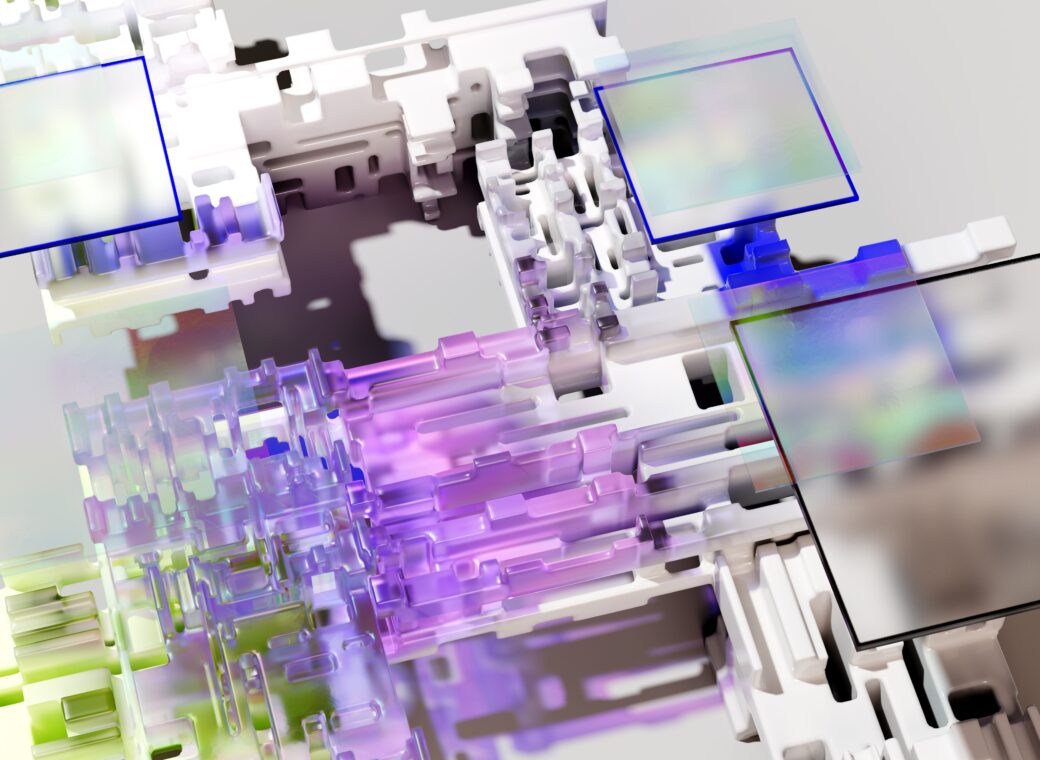In today’s globalized society, the need for communication across a multitude of languages has become omnipresent. Rushing to fill this language chasm are a rowdy new cohort of Artificial Intelligence (AI) translation solutions. These revolutionary translation tools make us think about new guidelines for ethical translations.
AI-powered translation, the progeny of machine learning and natural language processing (NLP), is delivering on the promise of universal communication across any two languages. This overachieving class of language tools is already transforming the way people and businesses interact, breaking down language barriers like never before. It is doing so at a scale and a breathless speed with which human translators cannot come close to competing.
So, what has the ChatGPT dragged in?
As AI tech continues to evolve at breakneck pace, it pulls along ethical considerations couched in anxious grumblings and complaints: It’s embarrassing us. It’s threatening our jobs. It’s making us redundant. It thinks it knows everything. It’s inferior. It’s dangerous. In this article, we’ll wade knee deep into the muddy intersection of AI, ethics, and translation to unravel implications of this disruptive tech on human translators and the translation industry.
The Pivotal Evolution of Translation via AI-enriched NLP
Since antiquity, translation has been the critical tool for cultural exchange and understanding, with a long evolution through the centuries. For all but the tail end of that evolution, translation was a mental process that necessitated deep linguistic knowledge and cultural awareness. However, with the advent of Natural Language Processing (NLP) technology in the last decade, language technology has produced a dramatic shift towards machine-assisted translation.
This change marked a substantial step forward, but the real game-changer arrived only in the last few years with the introduction of AI-powered translation. As a subset and derivative of NLP, AI-powered translation utilizes machine learning algorithms to interpret and translate text from one language to another. Unlike its NLP predecessors, AI learns and improves from each translation, enhancing accuracy and fluency over time. It understands not just words but context, idioms, and cultural references with a level of sophistication that prior machine translation cannot approach.
AI-powered translation companies like SYSTRAN recognized early on the transformative potential of this tech for translation. As industry and society embraces AI and machine learning technologies, with anxiety and reservations, it is vital to consider the ethical implications accompanying these advancements. The field of ethics can point us in the direction of practical solutions which can guide the future evolution of translation in the age of AI.
The Unbearable Lightness of AI in Translation
AI has redefined the limits of what was once thought possible in translation. AI has transformed the way content is translated, bringing numerous advantages in its powerful wake.
- It’s fast. Speed and efficiency top the list. AI-powered translation services are capable of processing vast quantities of text in seconds, far surpassing the speed of the swiftest human translators. This efficiency offers a competitive edge in industries which demand rapid, real-time communication.
- It scales. AI-powered translation provides unprecedented scalability. Companies can translate vast volumes of content across multiple languages simultaneously. AI-infused translation can create localized websites in mere days if not hours, projects that previously required weeks or months.
- It learns. AI translation capabilities continuously improve. Each translation helps the system refine its understanding and treatment of linguistic nuances, idioms, and contextual cues, enhancing the quality of translations over time. AI remembers all and takes direction, obeying each prompt for each task, acting as if no time has intervened.
The Evolving Role of Human Translators in the AI Age
While AI-powered translation has brought a significant shift in the translation landscape, human translators possess deep understanding of cultural nuances, emotions, and linguistic subtleties that AI still, despite its advanced capabilities, has not fully grasped. At least not yet.
Human translators are still needed to refine and ‘humanize’ machine translations, enhancing readability, cognitive impact, and contextual relevance. Professional linguists with PhDs and decades of experience are largely relegated to becoming gatekeepers, bouncing out errors and inconsistencies that might slip past AI algorithms. It is only in literary and creative translations, where stylistic interpretation and emotional resonance are critical, that human translators still excel far beyond the capabilities of AI, at least in its current form. That also will evolve.
The rapid rise of AI in translation raises questions about the future role of human translators. Will they eventually be overshadowed, or supplanted altogether? Or will ways be found for their roles to evolve? Currently the best hope for the top human language experts is that they will become supervisors of AI, refining the translating model’s output, training it to improve, providing the natural human linguistic nuance and context that artificial intelligence still lacks.
Understanding the Fateful Ethical Implications of AI in Translation
Fairness
As AI algorithms learn from data, bias in the data can lead to biased translations, perpetuating stereotypes and potentially causing offense or harm. For example, if training data pairs “nurse” with female pronouns and “engineer” with male pronouns, the AI may learn to do the same. This can perpetuate gender stereotypes in translations, leading to the incorrect assignment of “she” to a nurse and “he” to an engineer, regardless of the actual genders.
Then there are the issues of fair accreditation. Who checks on plagiarism? Who checks on proper attribution? Who check on misinformation or disinformation related to people and topics. It all depends on how the model has been trained. But who’s monitoring that?
Accountability
If an AI system produces an incorrect or offensive translation, who’s to blame? The algorithm? The developers? The company providing the service? Let’s say product instructions are wrongly translated by the AI: who’s to blame and who should be liable?
Transparency
How does the AI arrive at its translations? Are users and clients aware of how their data is being used to train these algorithms? How do we acknowledge the use of AI and the policies guiding that usage.
Ultimately, all of these questions add up to trust. Can AI be trusted in translation? Or, to rephrase constructively, what would foster a culture of trustworthy translation?
Balancing the Scale: AI and Human Collaboration
Companies like SYSTRAN, navigating these ethical complexities, seek to strike a balance between AI and human expertise, complying with ethical standards while leveraging AI’s potential. Criteria other than speed, efficiency and quality need to be considered. These include translator interactions with each other and with clients as well as the health and sustainability of translation agencies, freelance translators, and their business ecosystems.
As AI’s role in translation grows, addressing these ethical issues becomes urgently essential. Talk alone will not suffice. We need to act to shape our fate. Otherwise, it’s not inconceivable that the destiny of translators may well be the dustbin of history, much as cartwrights and blacksmiths became redundant when horses and wagons were replaced by automobiles. Addressing the ethical challenges of AI-powered translation doesn’t mean discarding the technology, throwing the AI babe out with its bathwater. Instead, the urgent need is to find more ethically sound, effective and sustainable translation practices using AI translation.
In this hybrid model, AI is used for initial translations, particularly for large volumes of content and routine communications. Human translators are then tasked with refining the translations, ensuring accuracy, cultural sensitivity, and correct interpretation of nuance. This collaborative approach maximizes the strengths of AI and human translators: the best of both worlds.
And yes, human translators can play a critical supervisory role in training and overseeing AI systems, ensuring that they adhere to ethical guidelines and cultural considerations consistent with company or social values. They can correct potential biases in AI translations, fostering fairness and accountability in translated documents. And AI bots should not be allowed control the narrative, in the original or its translation. So the imperative becomes: “trust, but verify.” The expert role in translation will soon become focused less on production than verification.
Navigating the Future of AI-Powered Translation: The Ethical Policy Path Forward
The consensus goal should be to blend harmoniously AI-driven tech with human expertise to provide accurate, contextually aware translations. By protecting the enduring roles of human translators while acknowledging the ethical dilemmas, AI-powered translation companies can lead the way for responsible use of future technology in the translation industry.
Establishing industry-wide ethical guidelines for AI use in translation could be a big step forward. The EU has already drafted guidelines for the ethical use of AI generally. These ethical guidelines should be adapted to the unique challenges of translation, addressing issues of fairness, accountability, transparency, and the essential role of linguits in an AI-driven industry.






